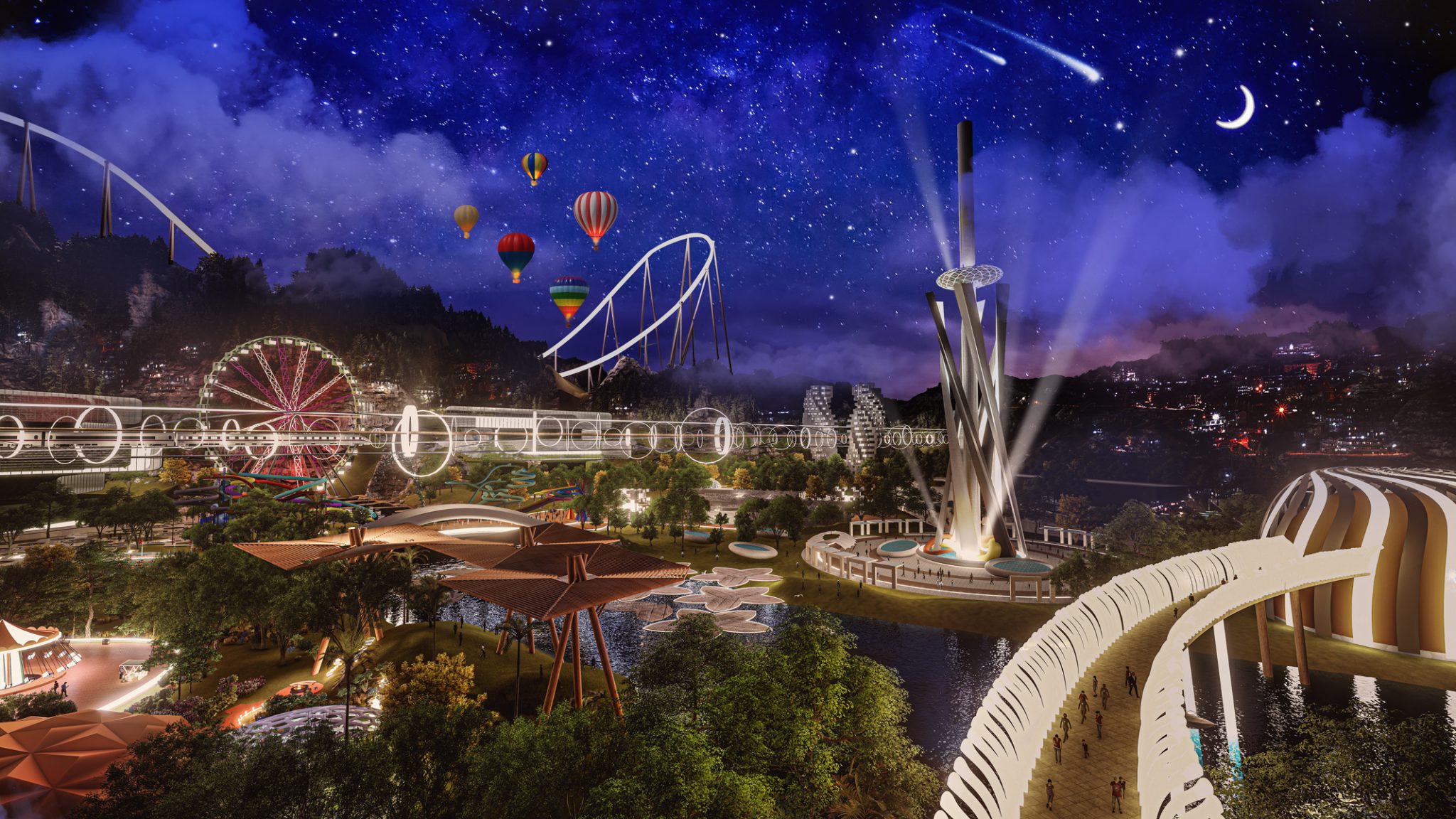Have you ever been to a theme park and felt completely immersed in the world created by the park’s designers? From the moment you step foot into a park, everything, from the architecture to the ride vehicles, has been meticulously crafted to transport you to another world. This magical experience is no accident but instead stems from the countless hours of design work that go into creating these massive entertainment destinations. In this blog, we’ll explore why the design stage is one of the most critical elements of theme park design.
Creating Immersive Environments
One of the primary objectives of theme park design is to create an immersive world. To achieve this, designers must take guests on a journey through a well-crafted and detailed environment. Every element from the colours, the sounds, and even the smells, must contribute to consistent and cohesive worldbuilding. In the design stage, park creators use storyboards, illustrations, and models to plan every aspect of the park’s design and ensure that it all fits into the intended theme and narrative.
Striking the Right Balance
Theme parks need to cater to a wide range of guests, from thrill-seekers to families with young children. Designers, therefore, face the challenge of balancing fun and excitement with safety and accessibility. Some attractions will need to appeal to adrenaline junkies, others to toddlers, as well as offerings for everything in between. It all must also meet regulatory requirements and adhere to the park’s aesthetic standards. During the design phase, every ride, attraction, and area in the park is carefully considered to ensure that all visitors have an easeful, enjoyable, and safe experience.
Ensuring Operational Efficiency
Creating a theme park is not just about designing the most exciting rides or the most beautiful surroundings; it is also about operations. Designers must consider how guests will move in and out of attractions efficiently, where queues will be located, and how to maximise visitor flow through each zone. During the design stage, designers conduct feasibility studies, develop operational plans and create schematic designs to ensure that every aspect of the park’s layout ensures guest enjoyment and operational efficiency.
Keeping up with Emerging Trends
Theme parks face fierce competition from new entertainment options such as virtual and augmented reality, as well as changing visitor expectations. Therefore, staying at the forefront of emerging trends is crucial to success. During the design stage, park creators keep an eye on upcoming technologies and incorporate them into their designs, such as smart queueing systems and interactive elements that enhance the guest experience.
Conclusion
Building a great theme park is more than simply putting up rides and adding concessions stands. A well-designed park provides immense entertainment while also setting guests in a beautiful, detailed and safe environment. The critical importance of the design process in building these parks cannot be understated. To enthral guests, designers and stakeholders alike have to invest in the design phase to create a unique and enchanting experience.
Contact Scruffy Dog Creative Group
For eclectic theme park design solutions bound to deliver unbridled joy to visitors of all ages, get in touch with our team at Scruffy Dog Creative Group today. Click here to fill out our ‘Contact Us’ form, give us a call at 02034684220, or drop us an email at info@scruffydogltd.com.

